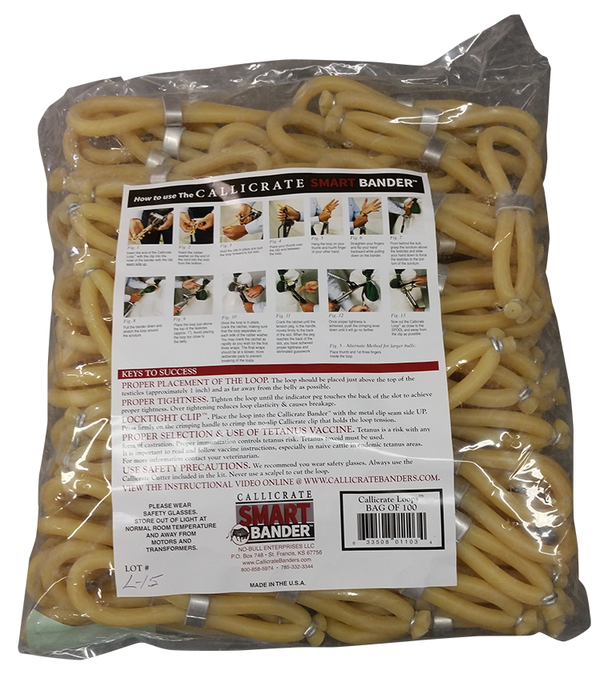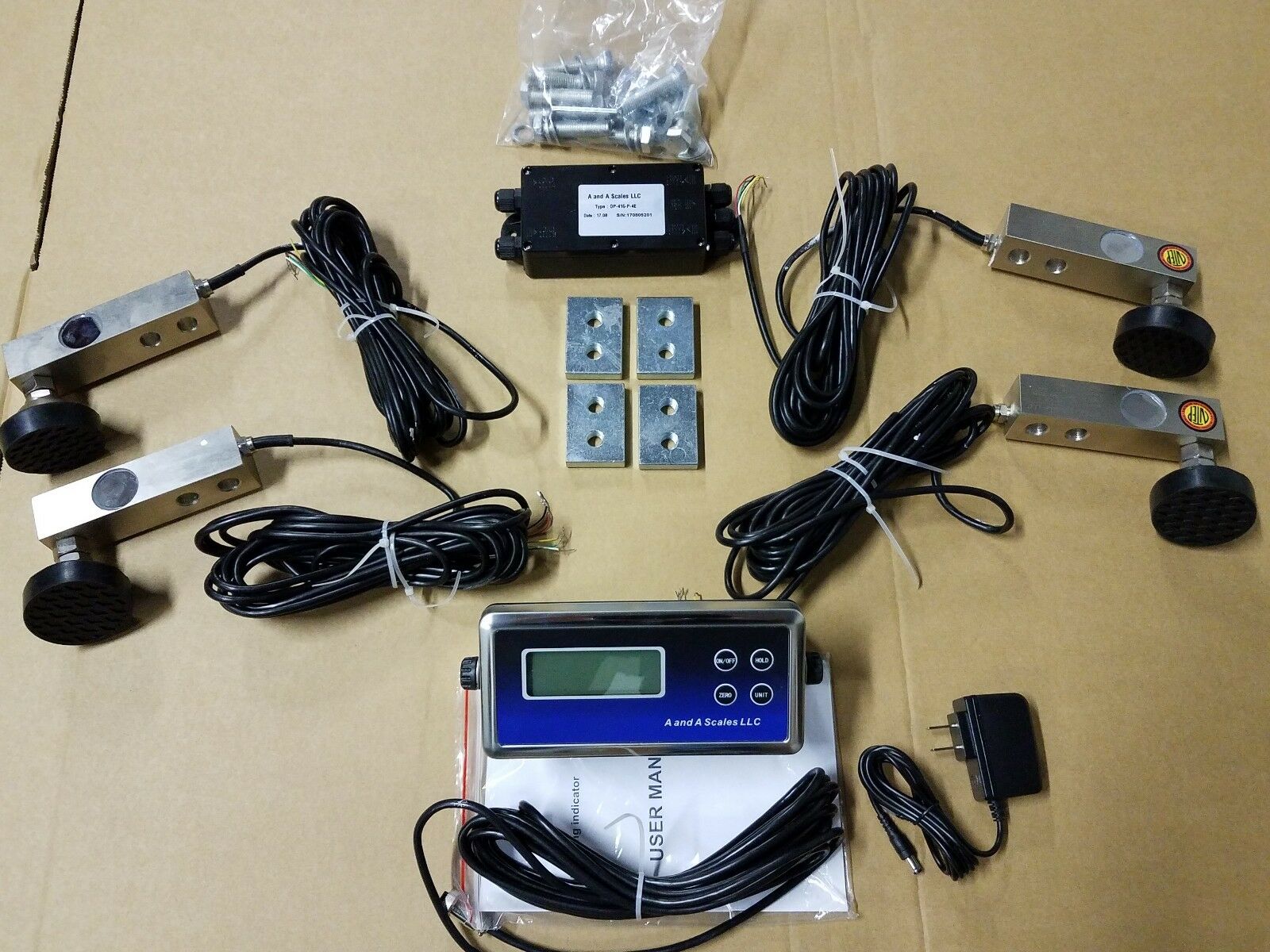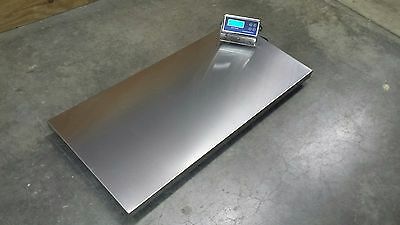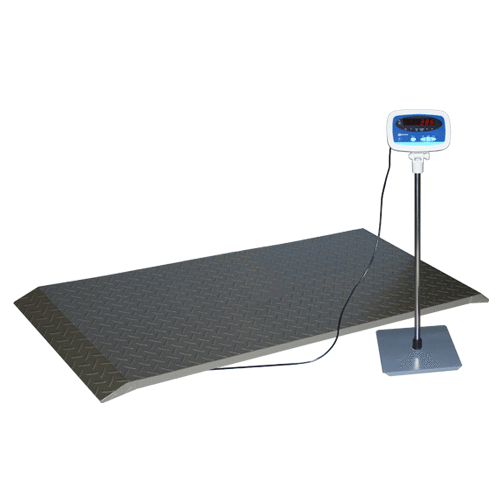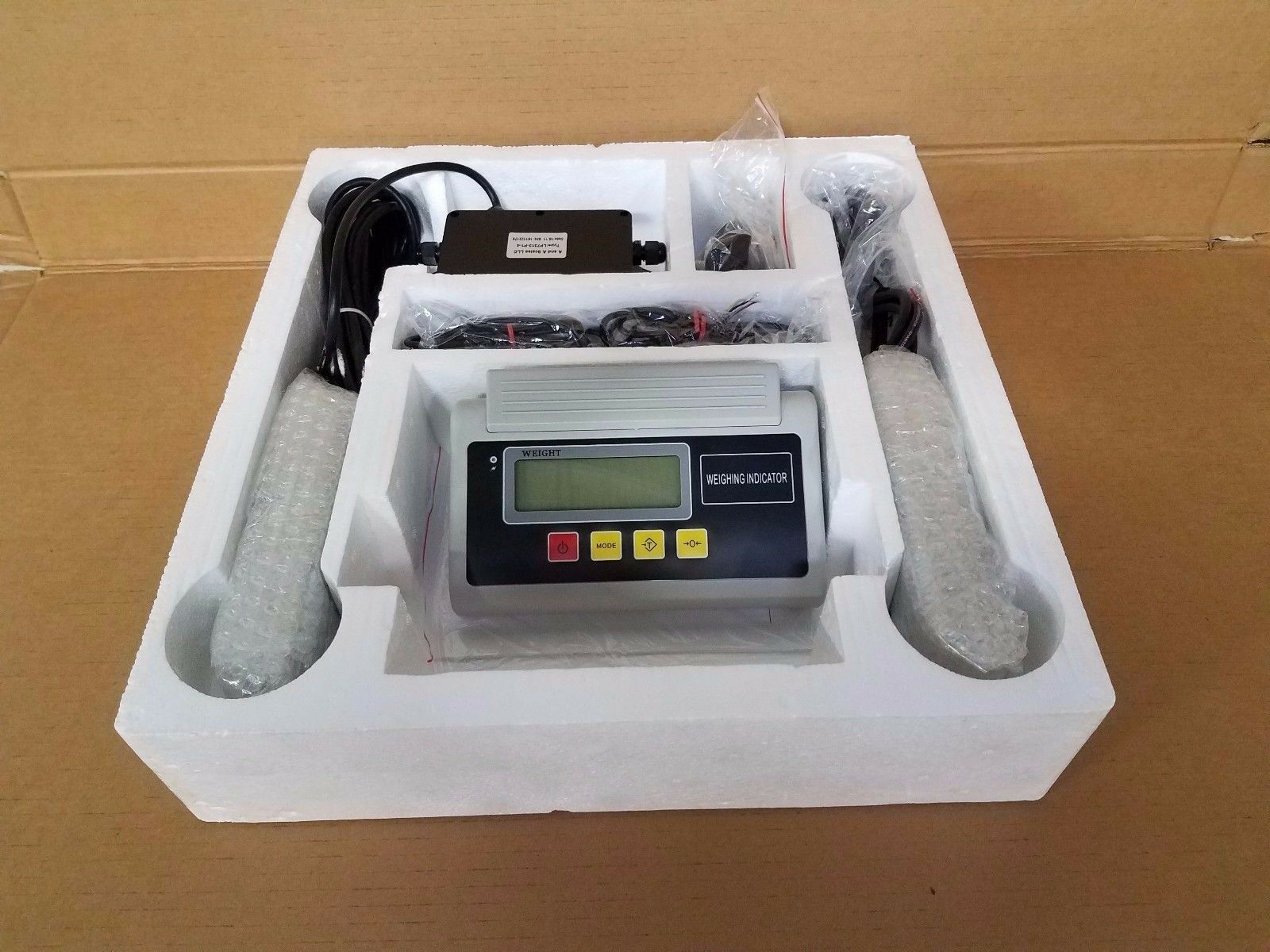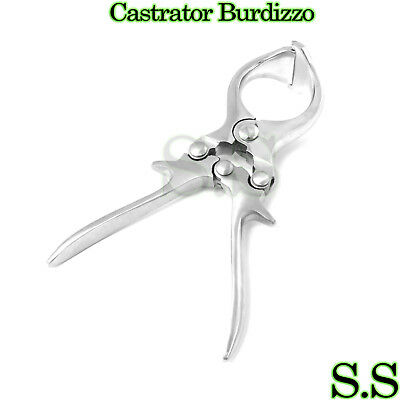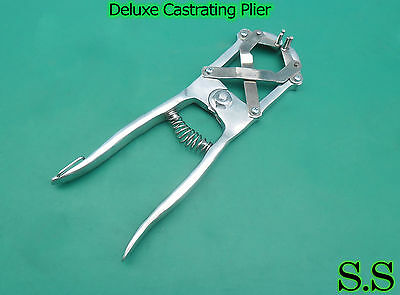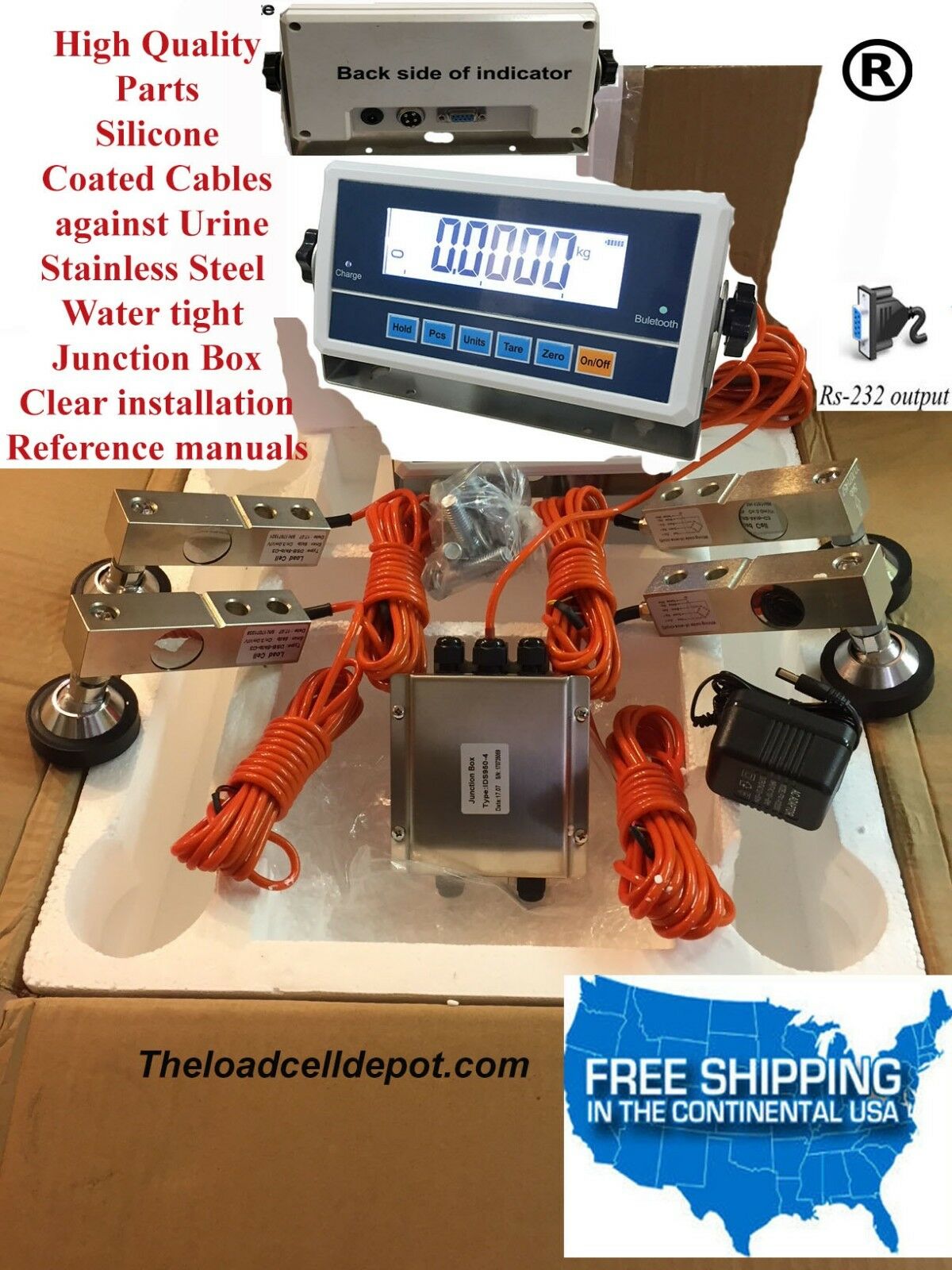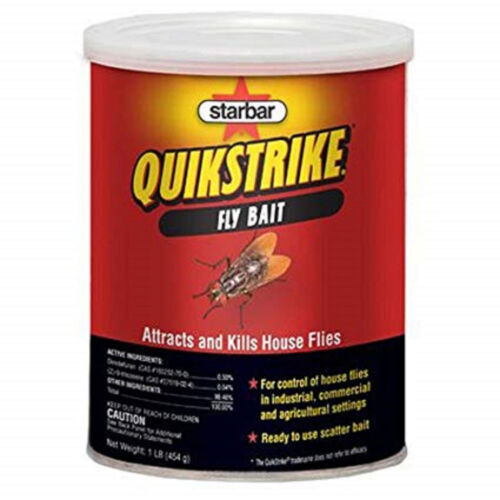-40%
*NEW* Callicrate SMART Bander Loops - Bag of 100
$ 162.62
- Description
- Size Guide
Description
Callicrate"Smart"
Bander Loops (100ct)
HUMANE – BLOODLESS – DRUG FREE
Proudly Made in the USA!
100ct Bag of Smart Bander Loops/Bands
(10")
(other pictures are for reference only!)
The Callicrate Bander™ has earned a reputation as the most humane and effective bloodless castration method on the market,
recommended by veterinarians, animal handling specialists and cattle producers.
The Callicrate Bander™ may be used for delayed castration and horn removal – cattle/goats/sheep/yaks. The same tool and loop is used for both castration and horn removal.
EXTRA STRENGTH
Callicrate Loops™ are made from a specific latex formulation that is over three times stronger than surgical tubing or pre-made latex rings.
LOCKTIGHT CLIP™
The patented no-slip Callicrate Clip™ that holds the necessary loop tension, combined with the extra strength latex, gives immediate and total occlusion (blocking of the blood vessels), which means less pain and stress. It also eliminates swelling, resulting in faster scrotal drop time.
SPECIAL LUBRICATION
Special lubrication reduces friction and abrasions and assures uniform stretching around the scrotum for complete ligation.
CUSTOM FIT
Eliminate guesswork – the Callicrate Bander™ “custom fits” every loop to the correct size for each animal.
Makes all other methods of castration obsolete and allows you to manage your bull calves for maximum profit!
Allows you to take advantage of the increase weight gain of bulls while eliminating the stress and complications of elastrator rings and surgical castration.
Instructions for use:
We recommend watching the instruction video in its entirety. It is important to use safety precautions when using any equipment. Please wear safety glasses. Do NOT use a scalpel. Use the Callicrate Cutter™ included with the bander kit.
Tetanus is a risk with any form of castration. Proper immunization controls tetanus risk. Tetanus toxoid (not antitoxin) must be used. It is important to read and follow vaccine instructions especially in nieve cattle in endemic tetanus areas. For more information contact your veterinarian.
TAKING CARE OF YOUR CALLICRATE SMART BANDER™
After use, brush heavy debris off with a soft nylon brush and clean any remaining soil off with a damp rag. Store in original box.
Do not use solvents or detergents to clean your bander as they may find their way into internal components and degrade or dilute the permanent lubricants.
Do not submerge the bander in water or other cleaning solutions. It is okay to rinse bander under warm water and use a stiff plastic brush to remove stubborn debris. Place cleaned bander in a warm, dry place so trapped moisture can evaporate for at least 48 hours.
Use care not to drop the bander in the dirt or onto a hard surface. Do not use it for anything other than its intended purpose.
If your bander should break or not function properly, in most cases it can be refurbished by the manufacturer. The finish on your bander is not paint. The metal surfaces are chemically treated and dyed to provide corrosion resistance.
Your new SMART Bander™ is guaranteed to be free of defects in materials, workmanship and/or assembly for a period of 5 years. Unauthorized repair; or damage due to abuse, misuse, or neglect is not covered. When calling about service please
have the serial number available.
GENERAL QUESTIONS
How do I know when I have reached the correct tension?
There is a tension indicator on the bander. When the peg reaches the back of the slot, you have reached the correct tightness. Over tightening will not result in a faster drop time and the band may break either as you are ratcheting or several days later. Note: Slow the ratcheting motion during the final wraps to prevent breaking the loop.
Should I insert the SMART loop into the nose of the bander with the clip seam side up or seam side down?
Seam Side Up.
I use your bloodless castrator on my bulls at eight to 10 months of age to get additional growth. How long after I band them can I turn them in with the heifers?
Although it would be unlikely for any banded or surgically castrated bull to impregnate a cow, semen can live in the upper parts of the reproductive tract for up to 21 days. Since Murphy’s Law applies to farming, keep bulls separated out for at least 21 days. Even after this time, steers may continue to try to mount and breed cows and heifers. It takes time for the testosterone to leave their system, and old habits can be hard to break.
Is there a larger loop for use on bulls with larger than normal scrotums?
The regular 10″ Callicrate Loop will work on any size bull. If you still prefer a larger loop, ask your supplier for the Callicrate Prolapse Loop (14″).
Does the bander work on prolapses?
If a uterine prolapse cannot be repaired normally, it can be removed by using a Callicrate Prolapse Loop.
Can the Callicrate Bander be used to castrate rams and bucks?
Yes.
How long after I band the bull until the scrotum and testicles drop off?
This will vary with the size of the bull and environmental conditions. Generally, the scrotum and testicles will fall off in 10-50 days.
Can I cut the testicles and scrotum off after I band?
If you get one that is slow in dropping off, you can cut it off approx. 2″ below the band, preferably after three weeks. Pruning shears work well. If you need to sell the cattle before the scrotums have dropped and the scrotum is shriveled and the castration process is proceeding normally, you can remove the testicles below the band before the scrotums turn into hard raw hide. This would usually be between 7 – 14 days.
How long has the Callicrate Bander been around?
The idea for the Callicrate Bander was born in 1991. Mike Callicrate, owner of Callicrate Cattle Company, liked the idea of ligation over surgical castration, but was not pleased with the results of the available tools on the market. He took his concept to Gordon Ross and the Callicrate Bander became a reality. The Callicrate Bander and Callicrate Loops have been manufactured by Ross Manufacturing in St. Francis, Kansas ever since. The pre-made Callicrate Loop was introduced in 1995.
WEATHER
What effect does temperature have on drop time?
Although ambient temperature, hot or cold, can have some effect on the length of time needed for the testicles and scrotum to fall off, for the most part this effect is minimal. The band works by shutting off the blood supply to the tissue. Heat or cold can only affect to a small degree the amount of blood flow to the area.
What effect does very hot weather have on banding?
Sometimes in very hot weather, the contents of the scrotums putrefy so fast that gaseous pressure builds up, causing the scrotums to swell. Therefore, during periods of hot weather, it is beneficial to open the scrotum after placing the band. To open the scrotum and relieve pressure, apply the band as directed, then make a slit through the scrotal skin at the bottom of each testicle. The slits should be ½” to 1″.
HORNS
Can I remove horns with the Callicrate Bander?
Yes. The loops do a great job of removing horns, even three inch diameter horns on 10 year old cows. It will take approximately one to two months (depending on the size of the horns), but there will be no hole into their sinus and other than some tenderness, no discomfort or pain for the cow. Duct tape needs to be placed over the loops and wrapped around the horns.
Can the Callicrate Bander be used to ‘tip’ horns rather than removing the whole horn?
Yes. Use one loop and put it over both horns and the poll so the loop is in contact with the base of the horns.
Ratchet a couple of times to tighten it down some (not necessarily to the back of the slot- it will vary depending on the size of the horns). This shuts off the arteries at the base of the horns. You can then tip them to whatever length you want. VERY IMPORTANT – CUT THE LOOP OFF AFTER A FEW HOURS. If not, the top of the poll will die from lack of blood.
Will there be a fly problem with horn removal or castrating with the Callicrate Bander?
No. With horn removal, ligation allows the horns to drop slowly, giving the holes at the base of the horn time to fill with tissue and thus no hole into the sinus. Flies and maggots are not a problem, plus dirt and debris can not get into the sinus, reducing chances of infections. With castration, again, there is no open wound or blood, eliminating any fly problems.
CARE/WARRANTY
What is the shelf life of the Callicrate SMART Loops?
Depending on the conditions of the storage area, the shelf life of the Callicrate Loops may vary. Heat, ultraviolet rays, and ozone are the most common sources for degradation of the loops. You should store the loops in the bander box, or like container or cardboard box, at normal room temperatures of 60-80 degrees, and away from ozone generating devices such as motors and transformers.
What is the proper way to care for my Callicrate SMART Bander?
Clean bander regularly using a wire brush and soap and water. Oil ratchets, tension indicator, and any other accessible joints with light weight oil. Store the Callicrate Bander in its tool case out of the weather.
Is the Callicrate Bander covered by a warranty?
The bander is warranted to be free of defects in material, manufacture, or assembly for a period of five years. Unauthorized repair; or damage due to abuse, misuse, or neglect is not covered.
Where do I send my bander for warranty service?
No-Bull Enterprises – PO Box 748 – 940 Road 12 – St. Francis, KS 67756
Include a note describing the problem, your return shipping address for UPS, and phone number where you can be reached during business hours. Clean your bander before mailing or shipping.
What if I need my bander repaired and it is no longer under warranty?
Send to No-Bull Enterprises (PO Box 748, 940 Road 12, St. Francis, KS 67756) following instructions in previous question. Also, include a check made out to No-Bull Enterprises for . This will include repairs, any parts, and a complete tune-up to near new condition. You will pay for the shipping to No-Bull Enterprises. No-Bull will pay the shipping to return your bander to you.
Where can I get a replacement string?
Check with your animal health supplier to see if they have one. If not, call No Bull Enterprises, LLC.
TETANUS
What is tetanus?
Tetanus is a fairly common and highly fatal disease occurring in all types of livestock.
It is caused by toxins produced by the bacterium Clostridium tetani. It begins when tetanus bacteria enter the body, usually through a wound or cut exposed to contaminated soil, and affects the central nervous system by causing painful muscular contractions.
In the absence of oxygen the bacteria multiply and produce a local infection. The time between infection and disease can be very short (two or three days) or quite long (four weeks or more), depending on how long it takes for the contaminated area to develop a low level of oxygen (such as by a wound healing over sealing off the tissue from the outside). The disease is seen in all ages of stock. Calving and castration seem to be the most common procedures linked to the development of tetanus
Do I need to vaccinate for tetanus?
Yes, protection from tetanus is necessary whether using the Callicrate Bander for castration or horn removal of cattle, goats or sheep. Banding does not introduce tetanus into the system, but does create an anaerobic (oxygen free) environment which is needed for tetanus to grow. Any form of castration where there is a break in the skin, puts an animal at risk for tetanus.
Should I use Tetanus Toxoid or Antitoxin?
The answer is Tetanus Toxoid. Tetanus toxoid stimulates the immune system to produce antibodies to tetanus and gives residual protection for a period after banding, specifically around the time when infection is a threat. Antitoxin is a concentrated form of this protection and goes to work immediately and is primarily used immediately after suspected exposure. Antitoxin does not provide the long-term protection needed when banding cattle.
When should I administer the vaccine?
Cattlemen must adhere to product directions to obtain protection against tetanus. Two doses of tetanus toxoid are required for protection, and timing of administration is critical. Banding should follow the booster dose. Adhering to this regime provides greater assurance that a bull’s immune system can stimulate adequate immunity against tetanus. The first dose sensitizes the immune system; protective antibodies are stimulated after the booster dose is administered. An assumption that the first dose gives full protection that lasts a short time and that the booster provides longer lasting protection is incorrect. For optimum protection, all product label directions should be followed carefully.
What product should I use?
Make sure the vaccine contains tetanus. Most clostridial products do not contain tetanus even if they are a 7- or 8-way. Covexin 8, Bar-Vac CD/T, and Vision CD/T with Spur do include tetanus, as does the newer Cavalry 9. You may use any product that says it is tetanus toxoid approved for the species you are banding. Follow label directions, which will include a booster.
What else can I do to prevent tetanus?
(1) Undertaking surgical procedures (such as castration and horn removal), in a clean environment, with disinfected instruments and surgical area, will significantly reduce the risk of tetanus. Be as clean as possible to minimize contamination.
(2) Turn animals out on clean ground following banding. Contact with heavily manured soil or other material containing the spores, which are extremely resistant to heat and other agents, will readily infect those not immunized against such infection. Sheep and horse pastures and pens are higher risk for tetanus.
COMPLICATIONS
What happens if I place the loop too high?
If the loops are placed too high, particularly on scrotums with a high fat content, you may see what appears to be the loop cutting into the tissue and live tissue coming down over the loop. Also, placing the loop too high, leaves no room for re-banding if it is necessary. The loops should be placed just above the top of the testicles (approx. 1″) and as far away from the belly as possible.
he bag has fallen off but I still see a string-like piece of tissue hanging down. What should I do?
Sometimes a small section of the cord does not die as fast as the rest of the tissue. It will almost always dry up and fall off, but it can be cut off if you prefer. This occurs mostly with calves or young bulls that are fed creep feed or are on growing rations that tend to deposit more fat in the scrotum. On bulls that are carrying fat in the scrotums, tighten the band as usual, when the peg reaches the back of the slot, wait 4 or 5 seconds to give the band time to pull into the fatty tissue (if the tension indicator moves forward, give it a few more clicks and return the peg to the back of the slot), then crimp the clip as usual.
Why is there some swelling above the band?
There are varying reasons why you might see some swelling, including: 1) Scrotal tissue was contaminated with bacteria when the skin initially broke, and the bacteria ‘wicked’ into the lymph system and caused some swelling. 2) Bigger bulls tend to have more swelling above the band. Make sure you place the loop just above the testicles.
What if there is swelling below the band?
Although some swelling is normal, significant swelling in the scrotum may be a sign that the band is not tight enough, re-band immediately.
Should I treat swelling?
Slight swelling above or below the band may be normal. However, if swelling is significant or extends under belly, the animal needs to be treated. Antibiotics, sulfas, and anti-inflammatory drugs all help. As with any infection, early treatment is best. Consult your veterinarian if you have questions. The treatment may need to be repeated in a few days.
The rubber is fragile on top of hard horns and the tape gives great protection
The clip does not stay in the nose of the bander, what should I do?
Once the loop is inserted into the nose of the bander, hold the clip in place by placing your thumb over the clip (as shown in Fig. 3 thru Fig. 8 in the instructions) and putting tension on the string.
